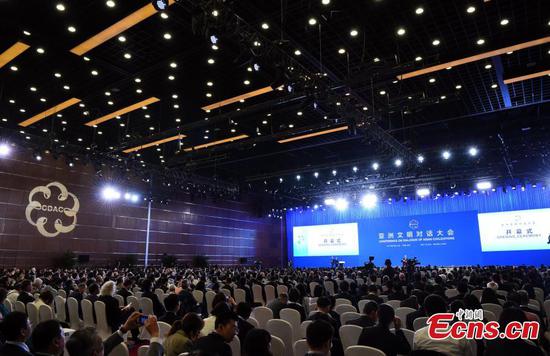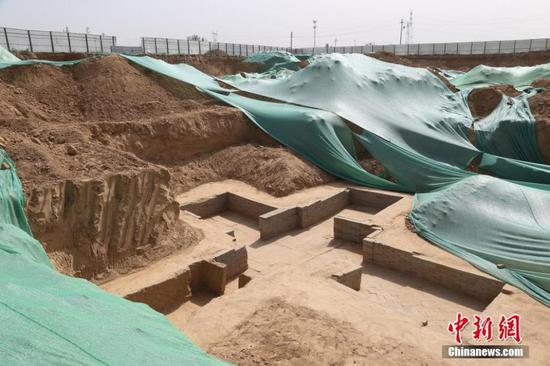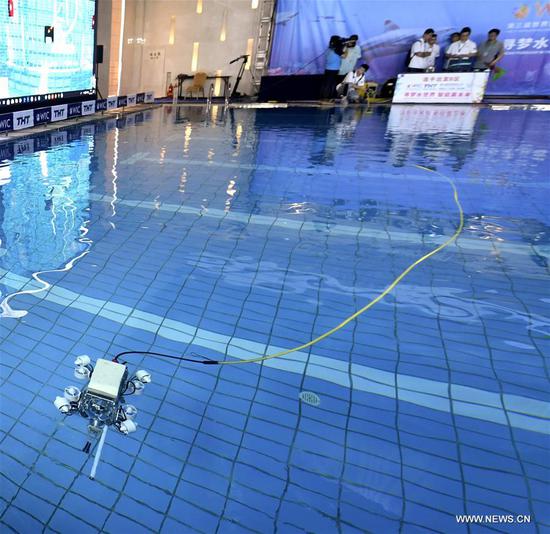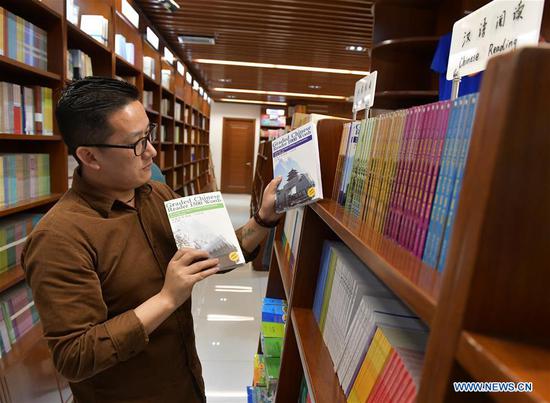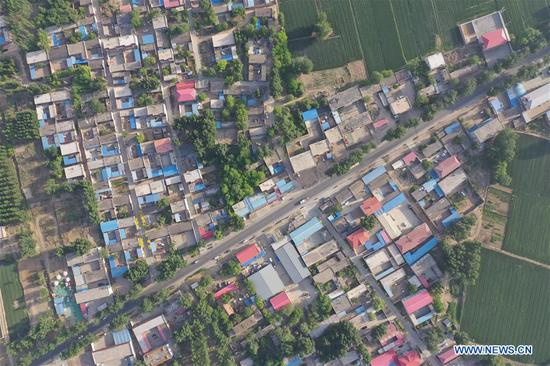The Guangdong Carbon Capture Testing Platform (GCCT) at CRP’s Haifeng Power plant will help engineers and scientists to improve one of the most useful and widely applicable technologies for cutting global warming emissions from the use of fossil fuels – post-combustion carbon dioxide capture.
As the name implies, this technology uses special liquids to wash the carbon dioxide out of the gases produced after fossil fuels are burned. The carbon dioxide is then boiled out of the capture liquid, compressed to around a hundred atmospheres pressure until it becomes a liquid itself to allow easy transport, and can then either be used for industrial purposes or be safely disposed of in suitable rock layers kilometres underground.
Capturing the carbon dioxide is the most expensive part of this ‘carbon capture and utilisation/storage’, or CCUS process and research at the new Haifeng plant allows this technology to be studied and developed at a pilot scale. But, as well as doing research to reduce costs, the project is also reaching out to the world, with ‘Open’ and ‘Sharing’ as its development principles.
In 2020 the GCCT will run its first open-access testing programme and engineers and scientists from all over the world have been invited to participate for research and training. Many other developing countries who use coal in power plants and industrial processes such as steel cement manufacturing are expected to send people to join Chinese engineers working at Haifeng. And this open and sharing process benefits everyone because, as well as learning from the pilot plant, this collaboration will bring in many new ideas for improvements.
To help apply the new knowledge from the Haifeng work the Guangdong CCUS Centre has also started a programme of activities with the National Carbon Capture Center in the USA, and the UK CCS Centre to improve knowledge transfer, and hence future development and cost-reduction, in post-combustion carbon dioxide capture through two, linked approaches for future large-scale post-combustion capture plants: ‘Open technology’, which means that there is full control in the selection of the capture technology to be used in the plants. ‘Open access’, which means that open-technology post-combustion capture plants use a generic, non-proprietary solvent as the capture liquid, so that full knowledge sharing is possible.
The partners will work together to help develop open-technology / open-access post-combustion capture activities in China and will also seek to grow the programme in their own and other countries.
Climate change is a serious threat to everyone in the world than can only be overcome by people working together. So the Guangdong Carbon Capture Testing Platform’s leadership to help establish an ‘open’ and ‘sharing’ attitude in the CCUS community working to help meet this challenge is just as important as the technical results that will be produced. The team working at the Haifeng GCCT pilot plant, and the many overseas colleagues who will visit and work with them, can look out across the South China Sea to the world knowing they are helping to build a more secure future for us all.














